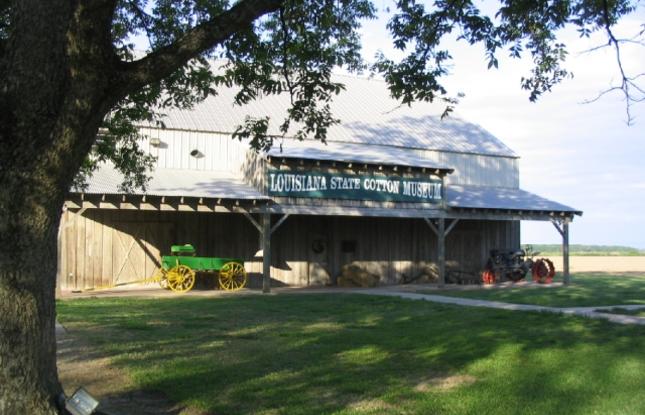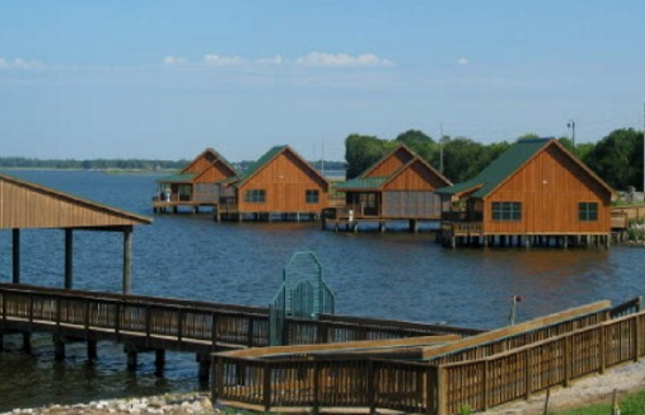More Historic Places Near Poverty Point World Heritage Site
With this itinerary, you'll discover the rich history around Poverty Point World Heritage Site from important Civil War sites to historic cotton gins.
Poverty Point World Heritage Site may be the best-known historical spot in Louisiana, but it’s far from the only one. Northeast Louisiana and west Mississippi are full of Civil War sites, museums dedicated to the region’s cotton, African-American and aviation history and lesser-known cultural destinations that beckon intrepid adventurers and families of all stripes.
Check out our two-day itinerary for ideas on the best places to peek into the area's fascinating past, discover the backstories of those who lived there and indulge in a pit stop or two.
Day One
Start your adventure in Lake Providence, where you’ll find the Louisiana State Cotton Museum. Cotton’s importance to the Delta region cannot be overstated; it was the lifeblood of the area’s economy. Tour the site's life-sized dioramas, sharecropper’s cabin and chapel as you learn about the crop's history.
In the afternoon, relax at Poverty Point Reservoir State Park. Rent a canoe for a leisurely paddle or hike along one of the park trail. As evening falls, rest easy and recall the stories of the day while you kick back under the stars at one of the park’s waterfront cabins, lodges or RV sites.
Day Two
In the morning, head to Bastrop for a hearty brunch at PT's Eat-A-Bite, followed by some exploration at the Snyder Museum. It's a 1929 home-turned-museum that houses fascinating north Louisiana relics. Here, you can dive into the region’s rich agrarian history while touring through exhibits that include a horse-drawn hearse and an entire country store.
For a history lesson of a different kind, visit the Biedenharn Museum & Gardens in downtown Monroe. Little known fact: In 1894, hometown hero Joseph Biedenharn was the first person to ever bottle Coke. See the kind of equipment he used, as well as Coke memorabilia, in the candy store-turned-museum where it all began.
Afterward, take a stroll through West Monroe's downtown, known as Antique Alley, for unique moments and souvenirs of your trip.
End your historical trek at the Chennault Aviation & Military Museum. Soon after World War II broke out in December 1941, construction began on this building — which originally housed an Army and Air Force flight school located on the outskirts of Alexandria. More than 15,000 navigators graduated from the academy, and today, visitors can learn some of their stories while walking in their footsteps.
Add even more historical stops to your trip with a drive down the Historic U.S. 80 scenic byway, one of Louisiana's scenic byways.


